Mountains have always been a symbol of grandeur and challenge. Towering over the earth, they are nature’s skyscrapers, attracting adventurers, nature lovers, and even philosophers who marvel at their beauty and mystery. Let’s take a journey to explore the ten highest mountains in the world, their unique characteristics, and what makes them awe-inspiring.
1. Mount Everest (8,848.86 meters) – Nepal/Tibet
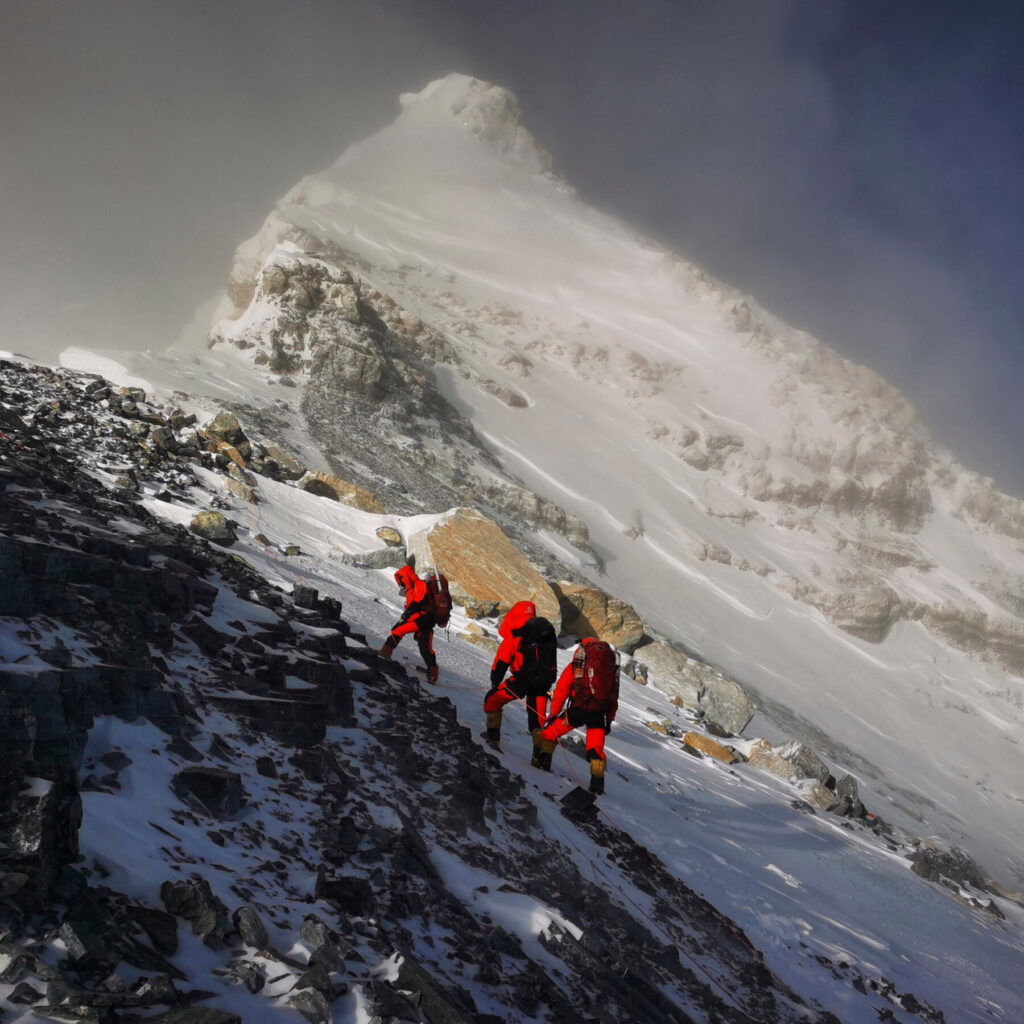
The crown jewel of the Himalayas, Mount Everest, is the highest mountain in the world. It’s a dream destination for climbers, but it’s not for the faint-hearted. With its breathtaking beauty and treacherous paths, Everest remains the ultimate test of endurance and determination. Fun fact: the local Sherpa community plays an integral role in guiding climbers safely to the summit, showcasing their unmatched expertise and resilience.
2. K2 (8,611 meters) – Pakistan/China

Known as the “Savage Mountain,” K2 is notorious for its deadly climbing conditions. Its steep slopes, unpredictable weather, and avalanche-prone terrain make it one of the most challenging climbs. Despite its peril, the allure of this second-highest peak continues to draw seasoned climbers from across the globe. Interestingly, K2 has never been scaled in winter until recent years, highlighting its extreme difficulty.
3. Kangchenjunga (8,586 meters) – Nepal/India
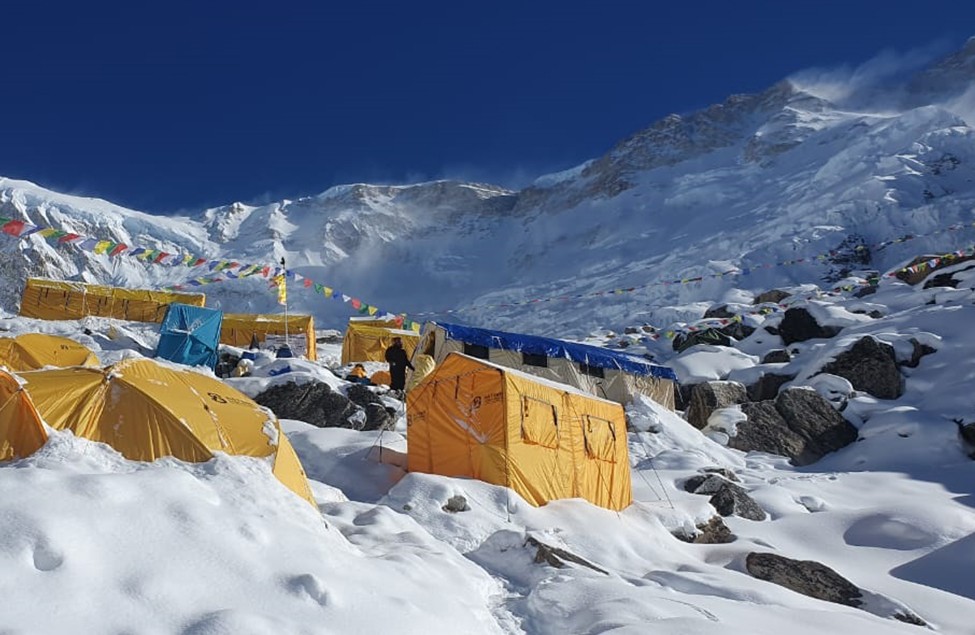
This third-highest mountain holds spiritual significance for locals. Kangchenjunga is revered as “The Five Treasures of Snow,” representing gold, silver, gems, grain, and holy scriptures. Its untouched beauty and remote location make it a favorite among climbers seeking solitude and serenity. However, climbers are traditionally forbidden from stepping on the very summit, out of respect for its sacred status.
4. Lhotse (8,516 meters) – Nepal/Tibet
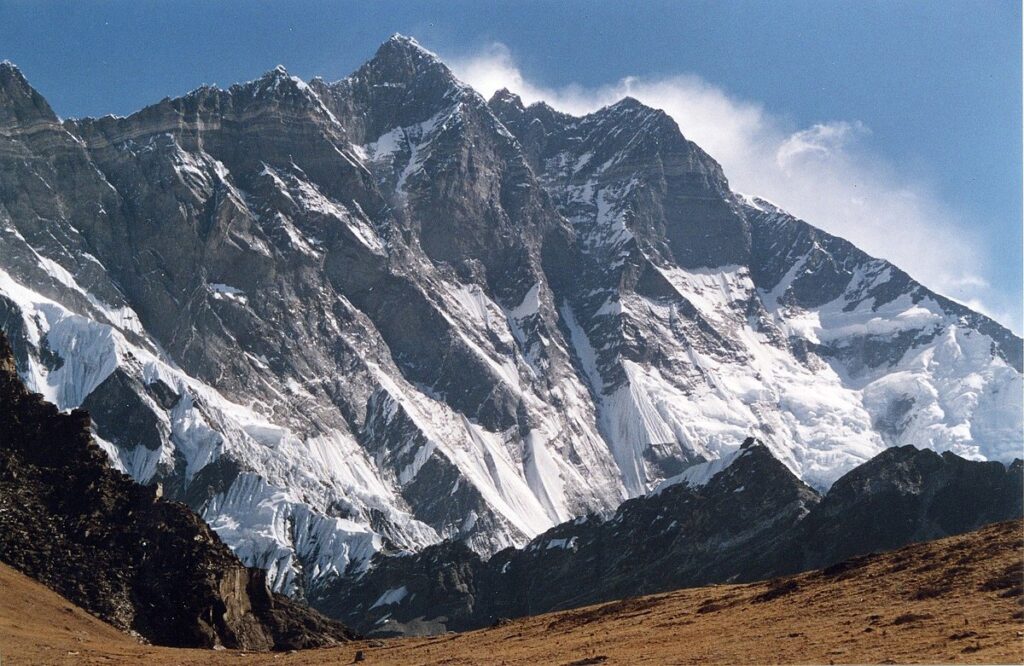
Lhotse, Everest’s close neighbor, is famous for its dramatic South Face, which is one of the steepest walls in the world. Climbers often pair expeditions to Everest with this formidable peak, adding another feather to their climbing cap. Lhotse’s unique position provides stunning panoramic views of the Himalayan range, making it a photographer’s dream.
5. Makalu (8,485 meters) – Nepal/Tibet
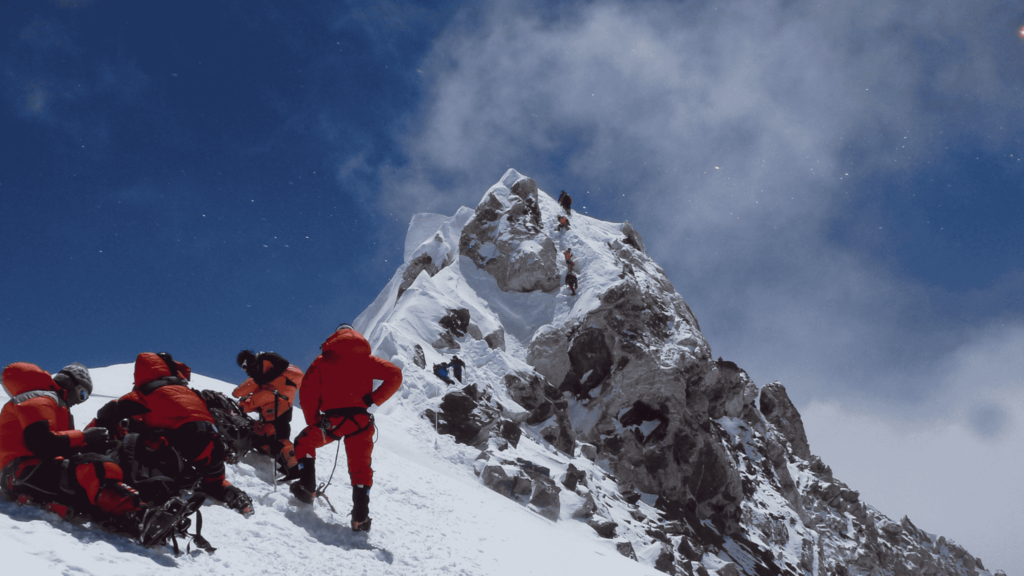
Renowned for its unique pyramid shape, Makalu presents a challenging ascent, especially near its summit. Climbers often describe its knife-edged ridges and sheer walls as both exhilarating and daunting. The mountain’s isolation adds an element of tranquility, and its diverse flora and fauna make it a favorite for eco-adventurers.
6. Cho Oyu (8,188 meters) – Nepal/Tibet
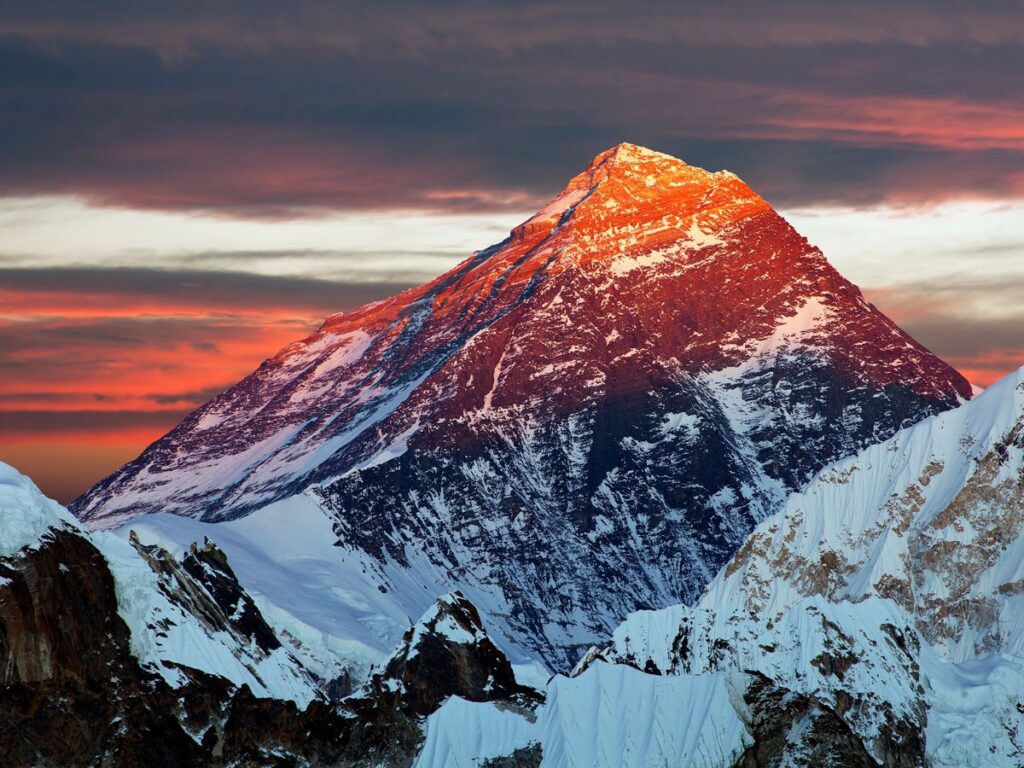
Often regarded as one of the easiest 8,000-meter peaks to climb, Cho Oyu attracts many aspiring high-altitude climbers. Located near the Nangpa La pass, a major trade route for Tibetans, Cho Oyu offers a blend of cultural and natural experiences. Despite its “easy” reputation, climbers should not underestimate the challenges posed by altitude and weather.
7. Dhaulagiri I (8,167 meters) – Nepal
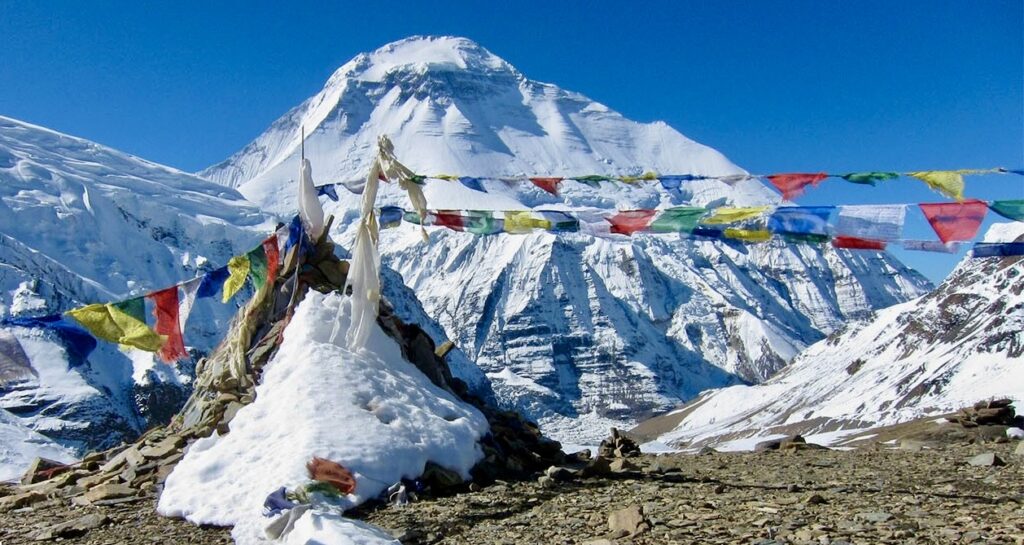
Dhaulagiri I’s name translates to “White Mountain,” and it’s easy to see why. Its snowy peaks and steep ascents make it a marvel for climbers and photographers alike. The Dhaulagiri massif also provides incredible trekking opportunities, with routes offering spectacular views of neighboring Annapurna and beyond.
8. Manaslu (8,163 meters) – Nepal
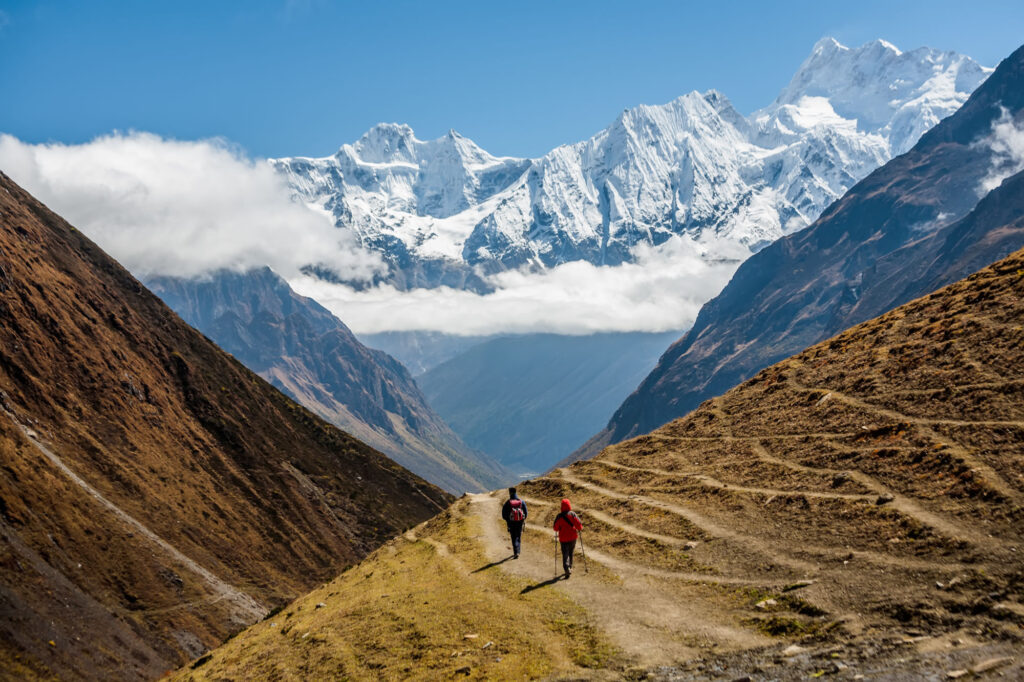
Manaslu, also called the “Mountain of the Spirit,” is both culturally and geographically significant. Its remote trails and unspoiled landscapes provide a rare glimpse into the pristine beauty of the Himalayas. Local legends speak of the mountain as a dwelling place of gods, adding an air of mysticism to its allure. Trekking to Manaslu also allows for meaningful interactions with traditional Nepalese communities.
9. Nanga Parbat (8,126 meters) – Pakistan
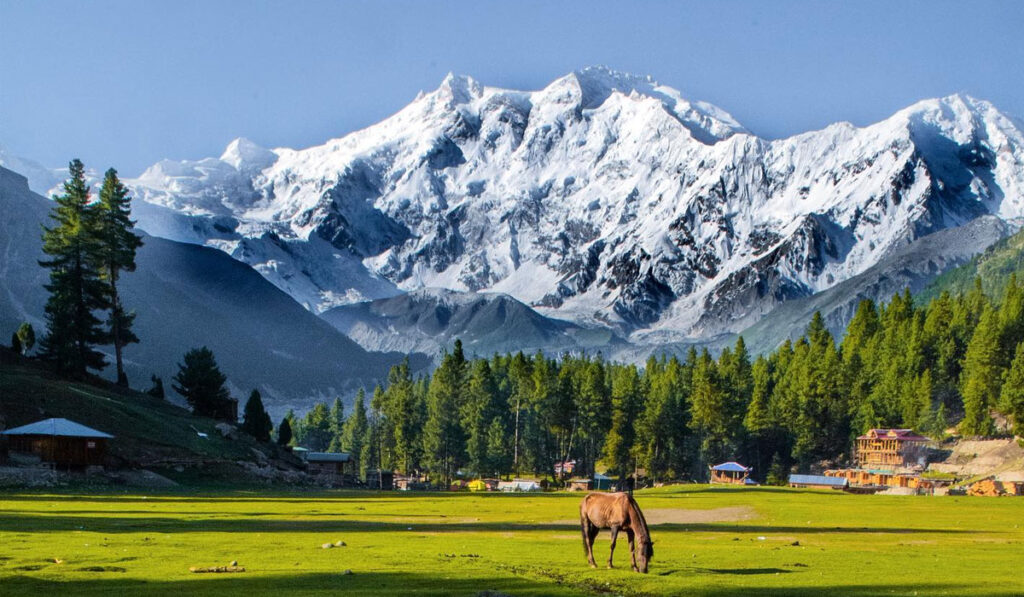
Dubbed the “Killer Mountain” for its dangerous conditions, Nanga Parbat is as intimidating as it is stunning. Its dramatic ridges and icy peaks attract only the most determined mountaineers. The mountain’s Rupal Face, the tallest in the world, is a sight to behold and a dream for extreme climbers. Nanga Parbat also features in many cultural tales and has inspired countless explorers.
10. Annapurna I (8,091 meters) – Nepal
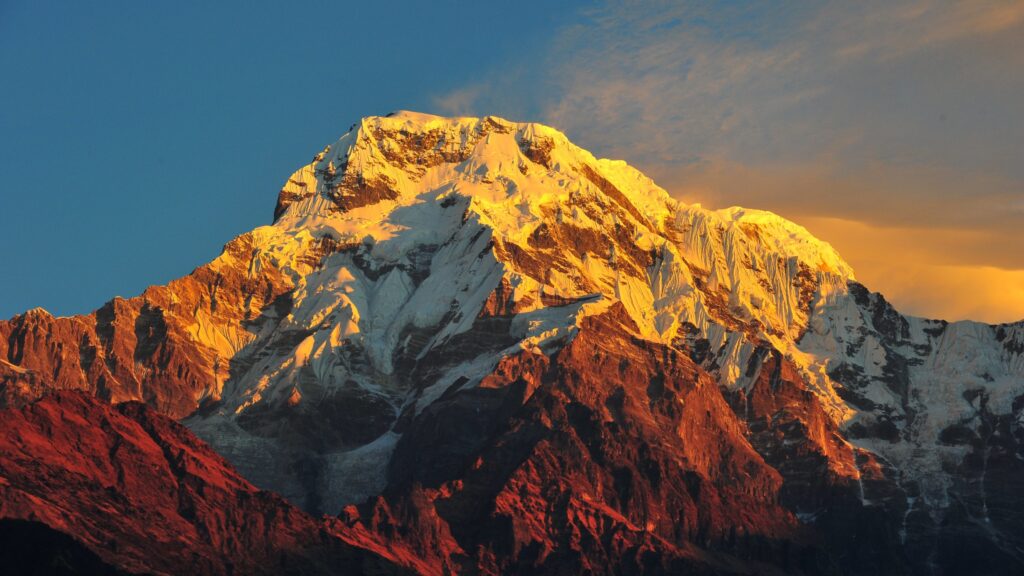
Annapurna I is part of a massif known for its beautiful trekking routes. However, it holds the highest fatality rate among the world’s 8,000-meter peaks, making it a thrilling yet risky challenge. The Annapurna Circuit trek is a favorite among adventurers, offering diverse landscapes from lush subtropical forests to alpine meadows and icy peaks.
Why Do These Mountains Matter?
These towering peaks are more than just geographical landmarks. They shape ecosystems, influence weather patterns, and host unique biodiversity. They serve as water towers for millions of people, with their glaciers feeding some of the world’s major rivers. Culturally, they are revered as sacred sites by local communities and continue to inspire myths, legends, and awe.
Tips for Exploring the World’s Highest Peaks
- Research Thoroughly: Know the terrain, weather conditions, and necessary permits. Understanding local customs and history will enrich your experience.
- Stay Fit: High-altitude climbing demands exceptional physical fitness and mental resilience. Engage in rigorous training beforehand.
- Respect Local Cultures: Engage with the traditions and practices of the mountain communities. Always leave the environment as pristine as you found it.
- Prepare for Altitude Sickness: Always acclimatize properly to avoid health risks. Carry essential medications and oxygen support if necessary.
Embarking on a journey to these majestic giants is a life-changing experience. Whether you’re climbing or just admiring their splendor, these mountains remind us of nature’s power and beauty. They challenge our limits, inspire our dreams, and offer a glimpse into the awe-inspiring wonders of our planet.
